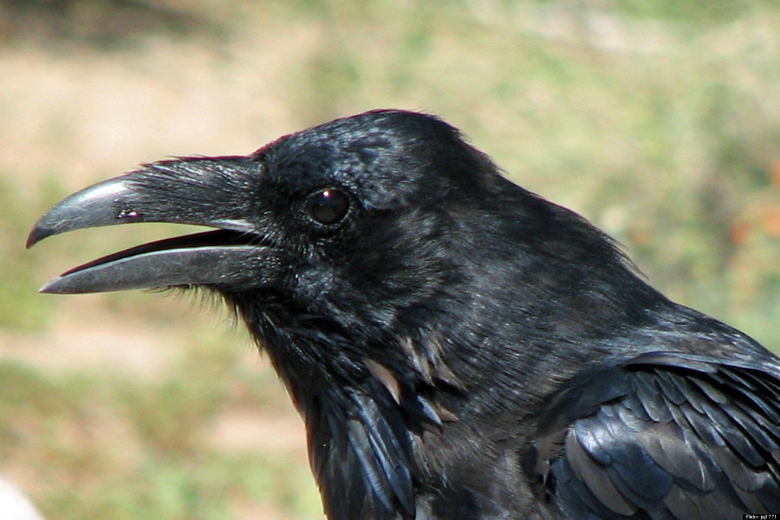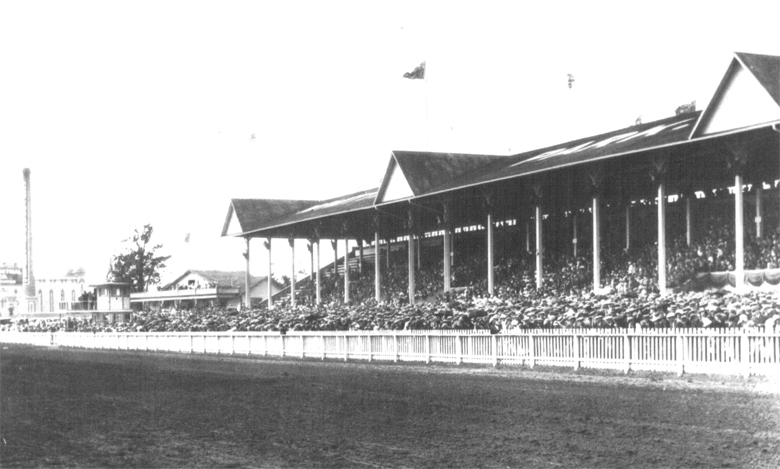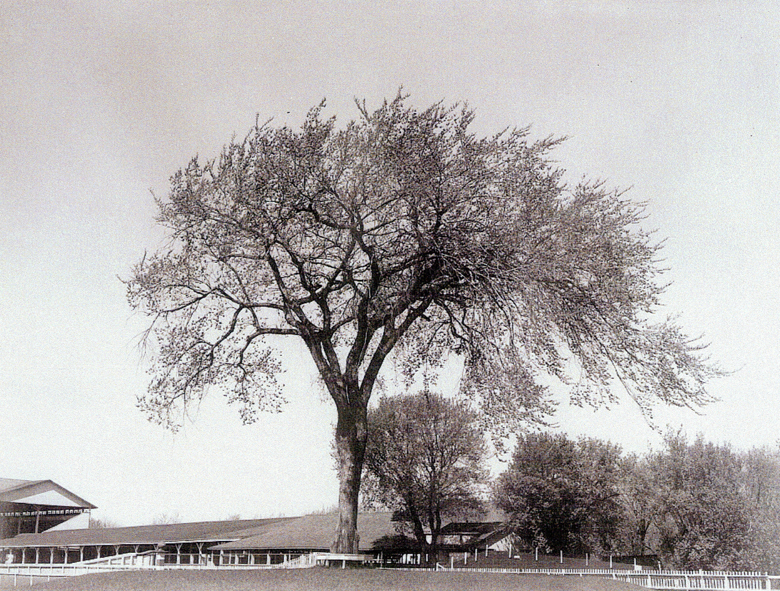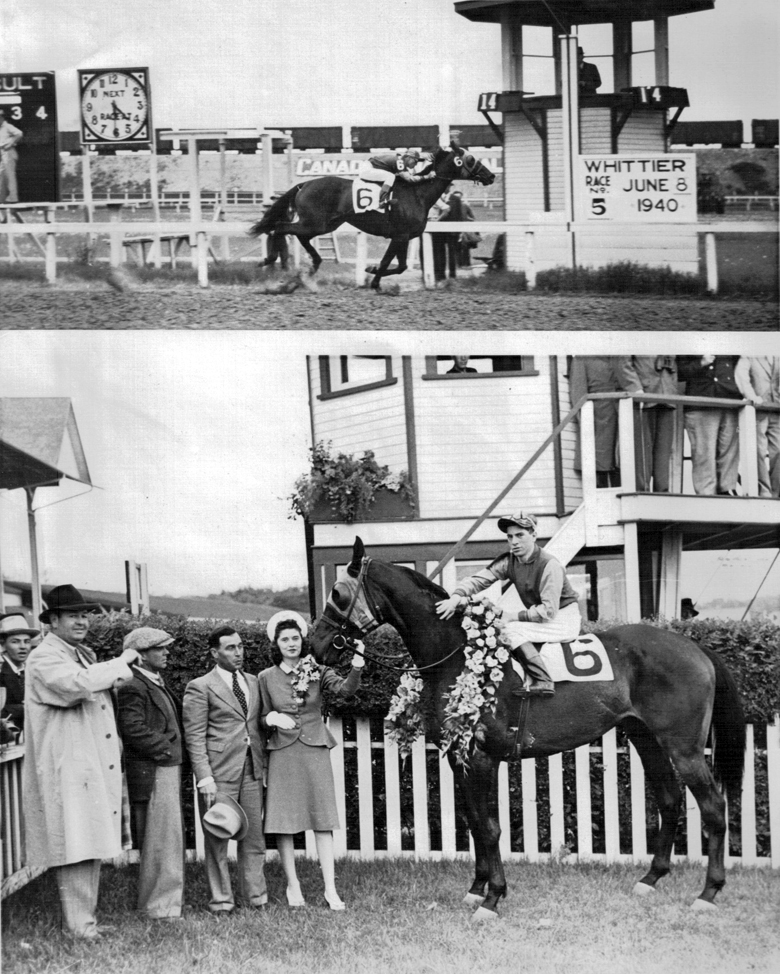
The Whittier Park Clocker (or his distant relative)
by Bob Gates
At first glance you might think this is the story of some curmudgeonly, 60-something lifetime racetracker who was hanging on to the sport he loved and lived in the only way he could - timing the morning workouts of thoroughbreds at old Whittier Park race track.
If you did, you'd be wrong, not even close. But before I disclose the identity of this old soul, it might help if I share a couple of quick points about the now defunct St. Boniface racetrack, Whittier Park.

Whittier Park. June 2, 1925.
Whittier Park was built on the banks of the Red River in St. Boniface by Robert James Speers. Construction started in 1923 and was completed early in 1924. Racing for the 1924 season would be held at River Park in Winnipeg and Whittier Park in St. Boniface. The popular Polo Park would not open until 1925.
Whittier Park was a four furlong bullring that featured suicidal tight turns, but with the addition of a monster chute in 1928 it was extended to five furlongs. The race track, which included the grandstand, clubhouse and barns, occupied the entire expanse of present day Whittier Park, home of Fort Gibraltar.
The track was bordered on the north and east by the Red River, the CNR main line to the south and Rue St. Joseph to the west. The grandstand was located on the north side of the grounds and the barns in the east were wedged in on the pie-shaped piece of land between the Red River and the railway tracks.
Whittier Park's track was built around a huge American elm located in the infield at the top of home stretch turn. The giant elm is over 30 metres tall, nearly six metres around at its base and is more than 250 years old.

The famed Whitter Park elm in 1935. Still standing today.
The track was named after American poet John Greenleaf Whittier, who penned The Red River Voyageur, which was one of Jim Speers' favourite poems.
Noted sports columnists Jim Coleman and Herb Manning both wrote about a Whittier Park urban legend. Official accounts of a famed avian visitor do not exist, but given the similar references by such respected columnists, it just seems right that there is some basis in fact for the legend of the "clocker."
The "clocker” was a crow, but not your common garden variety crow. He was a winged handicapper of the first order with a unique appreciation for horse racing, but not just any racing. No sir, he had a particular preference for the thoroughbreds that ran at Whittier Park.
The story I am going to relate may seem hard to believe, but keep in mind that crows are extremely intelligent birds with abilities that at one time were thought capable only of primates. In addition to being a wise old bird, the clocker knew his ponies!
It was said that the crow was a regular visitor to Whittier Park for five years or so. He would perch himself on a lower branch in the infield tree at the top of the stretch every morning during racing season. He would arrive when the morning workouts started and would depart when the last horse had left the track. No one knows what the clocker did in the off season, but you could count on him showing up in May and leaving once the racing season at Whittier was done.

The Whittier Park elm today.
From his favourite perch in the elm, just above the racing surface, he would oversee the morning workouts. If he was moved by a bullet work, he would flap his wings feverishly and caw with great delight signifying his approval. On the other hand, he would show no emotion for anything he felt was a lackluster effort. The story goes that after racing stopped at Whittier Park in 1942 the clocker was never seen again.
All evidence of the race track is gone now, but the tree still marks the hallowed grounds of old Whittier Park racecourse. Though more than 70 years have passed, the tree has been spared, probably more by accident than design.
Only the spirits of thoroughbreds past keep the old American elm company these days, but on occasion it's been said you can still hear the echo of a haunting caw of approval, and the sound of frenzied wings flapping, from the long since departed Whittier Park clocker.
Rumors persist that the clocker put a curse on the St. Boniface track, when all racing was moved to Polo Park in 1943 as a result of war-time rationing. It was only a few years later that the Red River flood waters ravaged the grounds and snuffed the life out of what was once called "palatial" Whittier Park.
If the vindictive old clocker couldn’t enjoy the thoroughbreds from his favourite haunt…
No one would!

York Lomond wins at Whitter Park on June 8, 1940.


